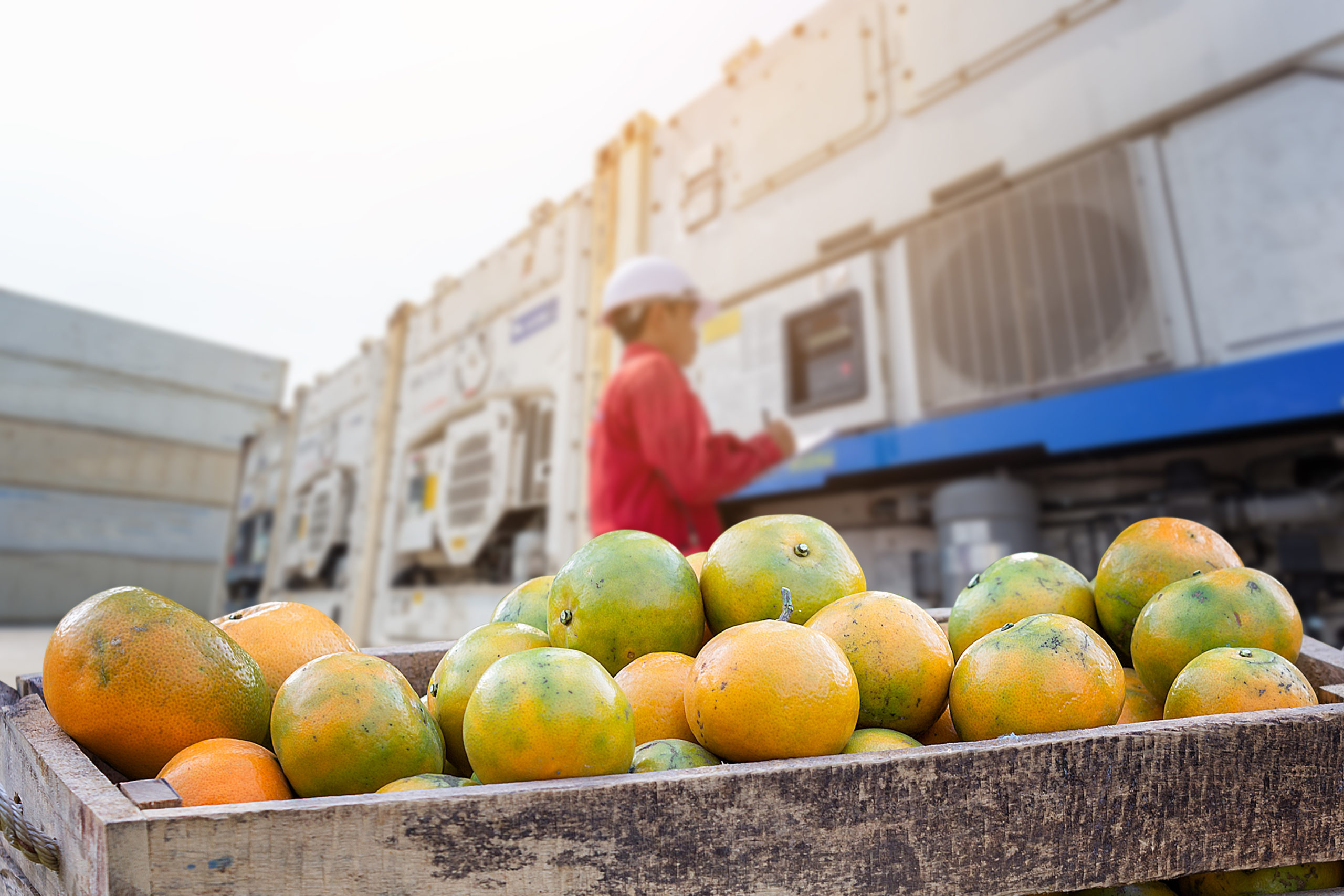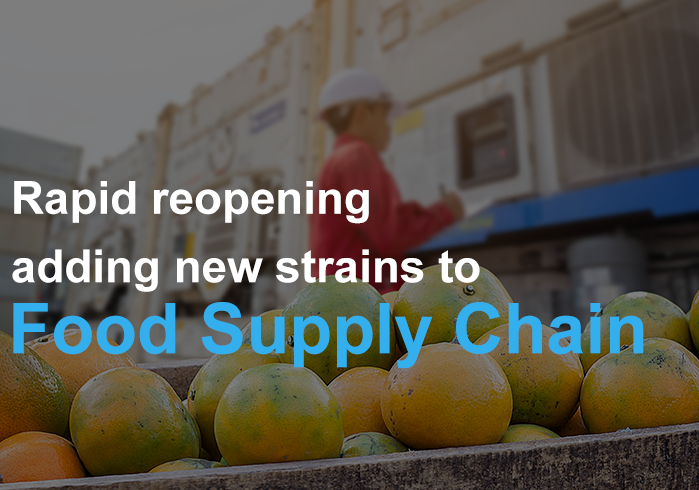
Following the gradual reopening of the economy following the COVID-19 pandemic, Americans may be heading to several hospitality centers including bars, restaurants, and cafes. The strain on the supply chain is noticeable, especially given the long hiatus which has left many suppliers reconsidering their role in the industry. Jennifer Smith of WSJ Logistics Reports has written about the challenges that distributors and suppliers face in trying to reactivate their businesses. This article examines the effects of the re-opening process on restaurants and the food supply chain in general.
Difficulties in restoring supply chains
The International Foodservice Distributors Association has suggested that the restoration of supply chains following lockdown is proving to be a challenge. Mark Allen from the association calls it the bullwhip effect where many suppliers must supply many outlets that are trying to deal with so many companies at the same time. Moreover, there are significant price changes in staple ingredients which complicate cost management. The erratic availability of essential supplies is not helping.
Hotels and restaurants must contend with high prices for refrigerated trailers that are difficult to book. A spot market in essentials has increased competition for supplies. Bottlenecks are arising out of the shortage of farm labor, stagnant processing systems, unreliable transport, and a complicated new network of logistics. Unexpected and momentous shifts in demand are adding to the sense of crisis.
The very policies that were designed to halt the spread of the COVID-19 virus are making it difficult to reopen businesses now that the immediate threat has somewhat subsided. Despite the considerable stress that the pandemic placed on the economy, food supply businesses have been resilient. This may be out of necessity because people had to eat even during lockdown. Instead, many hospitality outlets shifted towards online orders and technology-led delivery.
At a time when they were getting used to that modality, the old face-to-face transactions were coming back. It is not wise for a business to refuse to adjust back to the new reality. Otherwise, competitors will be willing to take away customers. The solution is to recalibrate supply chains so that they can cope with the demand. As the destructive hoarding behavior seen at the beginning of the pandemic dissipates, shelves are getting full once more.
The pandemic showed us that an internationalist perspective was of the essence so that food could quickly get to the people that needed it. Those that adopted an international approach were able to ensure that their populations were fed at a reasonable cost. Food security is endangered when supply chains are unpredictable, disorganized, and closed in certain parts. Access is as important as supply when it comes to issues of food security. A big challenge has been structural disruptions in the transport sector.
Transportation industry in crisis
COVID-19 has tested the transportation industry to its absolute limits. As a starting point, many workers operating in transportation are either away from the job or afraid to return. At the same time, there has been a demand for the transportation industry to ensure that protective equipment and medical supplies reach the parts of the world where they are needed. This left little room for the food supply chain to renew itself. Indeed, it appears that some supply networks are so focused on COVID-19 products that they are ignoring food supply as an important commodity.
Additionally, there have been some unexpected disasters that have affected the transportation industry. For example, hackers violated an oil-supply route in the USA and shut down an entire contingent of gas stations for a while. Elsewhere, Canadian National Railway is locked in a challenging struggle for control over the North American freight rail services. These incidents have the propensity to place a further strain on a transportation system that must be in excellent condition to meet the demands placed on it by consumers.
Whereas COVID-19 mainly affected human air travel, there was some disruption in freight as well. Some countries blocked all travel except for cargo-carrying vessels. The problem is that when these cargo-carrying vessels arrived, there was a backlog in testing drivers and getting people to process the goods. The loss in trade was significant. Perishable food items became quite vulnerable in such circumstances.
New supply chain strategies
Given the essential nature of food supplies, those who are engaged in that industry have no option but to come up with new supply chain strategies that are appropriate for the changed circumstances. Suzanne Rajczi of Ginsberg’s Foods has posited a strategy of increasing purchases in the high-volume inventory to meet anticipated demand. The challenge then is having to contend with manufacturers and farmers that are unable to meet the increased demand for their produce.
Focusing on the so-called “high demand products” has its risks. For example, the demand for hand sanitizers rapidly rose during the lockdown because they are an important factor in preventing the transmission of the COVID-19 virus. However, the over-enthusiasm to target this potential lucrative product has led to overproduction and oversupply. Currently, retailers are slashing prices on hand sanitizer and even giving some away as part of a wider marketing campaign. This is an unpleasant lesson for those that intend to join the bandwagon in the hope of earning quick money.
Implications for the logistics industry
Logistics must operate in a cooperative way to overcome the simultaneous problems of high demand, disrupted transport networks, and uncertainty. All the businesses in the supply chain must share information and expertise to get essential goods moving. Businesses will likely pay more attention to logistics-related expenditure as a means of getting value for money. This opens new opportunities for logistics companies to leverage their expertise and position themselves as the solution to the problems facing the economy.
Technology will be a key tool for managing a complex transportation network facing increased demand and structural problems. For example, businesses must be able to quickly find alternative routes in case there is a problem with their current route. Technology will provide them with the information they need to bargain for more discounts and to coordinate their supply chain. This is particularly essential in food supply where the products in question are highly perishable.
Wrapping up
Opening the food supply chain is welcome news. However, the pre-existing (and sometimes exacerbated) challenges in that supply chain are creating additional pressures. Moreover, the transport network has been inundated with demand, yet the sector must contend with incidental bottlenecks. Many businesses are in recovery mode and have not yet fully dealt with the needs of a post-COVID-19 environment. The food supply chain is particularly vulnerable because of the perishability of its products. It is only through cooperative operations that businesses will be able to overcome these bottlenecks. Technology and well-established logistics companies will also play a role in this process.


